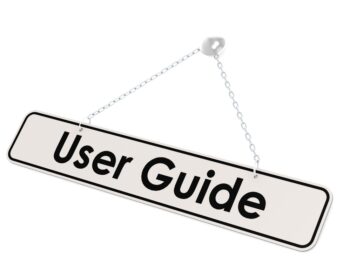
Issues to Consider When a Petition to Vacate Has Been Made
The standard to reopen a settled workers’ compensation claim varies in each jurisdiction. There are common themes that members of the claim management team should consider when working with defense counsel on these matters.
- Mistake of Fact: This can occur in several different instances: Mutual mistake of fact, which involves an unforeseen consequence of foreclosing an employee’s then unrecognized right to various workers’ compensation benefits; Unilateral mistake of fact, which occurs when a party or their attorney lacks knowledge of a material fact that would unquestionably have caused them to not settle the workers’ compensation claim; Mistake of law; Misunderstanding; or Lack of counsel;
Click Link to Access Free PDF Download
“8 ‘Think Outside the Box’ Tactics to Settle Workers’ Comp Claims”
- Newly Discovered Evidence: This is generally limited to cases where the evidence is in existence at the time of the settlement agreement, but was not discoverable through a diligent investigation. Examples of this include medical records that were not made available but requested by a party. Courts have not allowed medical and other evidence that was available or could have been available, but efforts were not made to discover them;
- Fraud: This occurs when there is a false representation of a material fact, the fact must be of suspectable knowledge, the representing party must know the fact is false, the representing party must intend for another to be induced to act based on the false representation, the other party must have acted on the false representation, and the misrepresentation must be a proximate cause of actual damages (g., a settlement closing out various workers’ compensation benefits);
- Substantial Change in Condition: This includes a number of different medical factors. It can include a change in diagnosis, change in the employee’s ability to work, additional permanent partial disability, the need for more costly and/or extensive medical care (g. – the need for in-home nursing services), and a worsening of the employee’s condition that was not anticipated at the time of settlement; and
- Null and Void: This comes down to questions of “competency,” and whether the employee who enters into the settlement can understand the significance of it. Factors to consider can include the age of the injured employee or their mental capacity.
Making the Settlement Final
It is important to understand that the workers’ compensation settlement is like a contract – it is only as good as the person who drafts it. Basic rules of contract construction are taken into consideration. The chief concern from a claim handler’s perspective is it being constructed against the party who drafts it. Steps that can be taken into consideration include:
- Make sure the nature of the dispute is clearly stated in the settlement agreement. This includes outlining in detail the claims and contentions of each party;
- Outline the terms of settlement in a clear and concise manner. Correctly state the nature and extent of the work injury – and make sure all work injuries being closed out are listed in the agreement; and
- State with certainty what the terms of settlement and benefits being closed out under the agreement. Consider highlighting and underlining these material terms.
If allowed, have the injured employee acknowledge they have read the entire agreement and had it explained to them by an attorney. They should understand their condition might change in the future or become substantially worse, and that if the condition, unfortunately, becomes worse in the future, it could involve a very large amount of medical or surgical expense and disability of a very serious and prolonged nature. If the employee is not represented, they should also acknowledge in the agreement they had the right to be represented by an attorney but decided to forego this right.
Obtain Help Drafting Settlement Agreements
A settlement agreement is a legal document which should be drafted and reviewed by skilled professionals. These professionals include the use of an attorney, as well as settlement consultant for the planning and negotiation of the agreement.
Conclusions
Settlement of a workers’ compensation claim should include finality and peace of mind. While this might not always be the case, effects can be made to make the settlement agreement as ironclad as possible to avoid it being vacated and incurring additional litigation expenses.

Contact: mstack@reduceyourworkerscomp.com.
Workers’ Comp Roundup Blog: https://blog.reduceyourworkerscomp.com/
©2019 Amaxx LLC. All rights reserved under International Copyright Law.
Do not use this information without independent verification. All state laws vary. You should consult with your insurance broker, attorney, or qualified professional.














